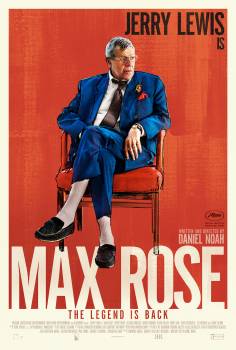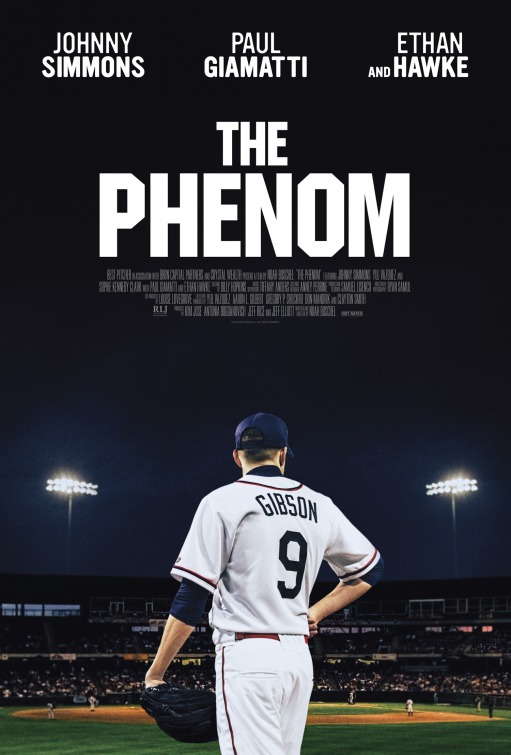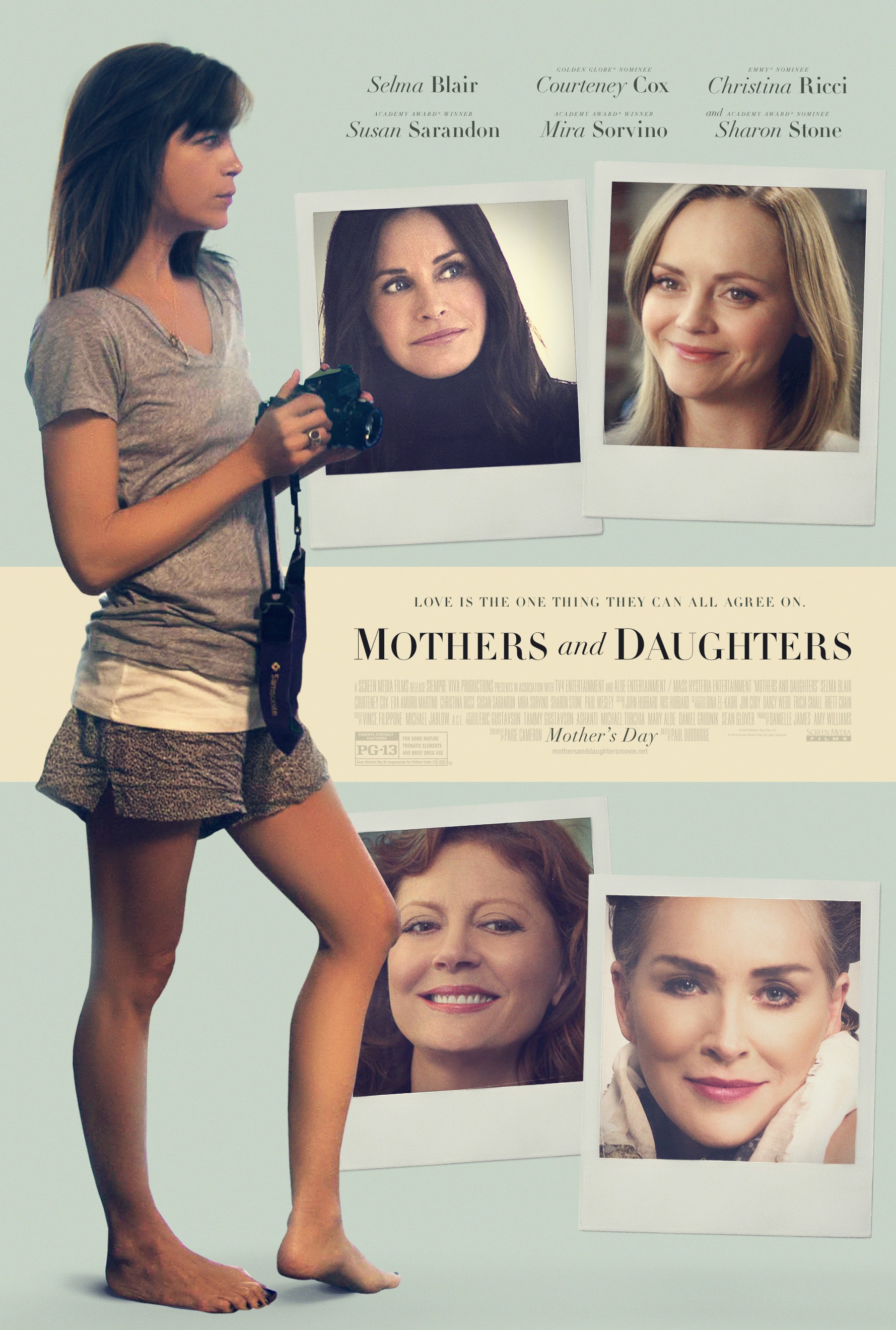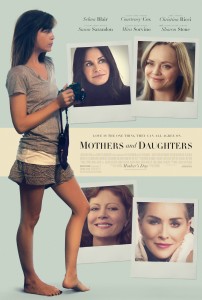Max Rose
Posted on September 1, 2016 at 5:51 pm
B| Lowest Recommended Age: | High School |
| MPAA Rating: | Not rated |
| Profanity: | Some strong language |
| Alcohol/ Drugs: | Drinking, prescription drugs |
| Violence/ Scariness: | Sad death |
| Diversity Issues: | None |
| Date Released to Theaters: | September 2, 2016 |
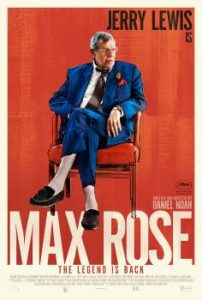
Jerry Lewis is back, playing the title character in “Max Rose,” a longtime jazz musician rocked to discover that his late wife might have been unfaithful. This 2013 film arrives in theaters in 2016, with Lewis giving a performance that is best described with a word not usually thought of for him: subdued. Lewis, then age 86, has learned to trust himself and the audience. He does not have to be big, loud, and needy. He can be quiet, subtle, and patient. The script is under-written, but it is a pleasure to watch Lewis in this mode, along with a bunch of other familiar octogenarian co-stars who bring their decades of experience to the under-written script.
Writer/director Daniel Noah locates us very quickly: some hospital paperwork, a clock ticking, a sympathetic voice asking, “Grandpa, can I get you anything?”
Max was married to Eva (Claire Bloom, lovely and warm in flashbacks), and he believed they were the great loves of each other’s lives. After a lifetime together, he does not know how to begin to live without her. Max has a tense relationship with his son, Christopher (Kevin Pollak). But he is very close to his granddaughter Annie (Kerry Bishé), who is spending much of her time with him, making sure that he eats and trying to make sure he takes his medicine. We see Max outsmarting her on that one. Max hands Annie Eva’s compact, and she smiles in recognition of one of her grandmother’s favorite treasures. But then Max shows Annie the inscription, and while she tries to reassure him that it might not be evidence that she had another relationship, they both know that is its implication.
Max is badly shaken. He questions everything he thought he knew about Eva, their relationship, and the choices he made. How can he reconcile the relationship he thought he had with the idea that Eva’s favorite compact reminded her of someone else every time she looked in the mirror to check her make-up? “I failed my wife, I failed my family, I failed myself.” And yet, he cannot forgive Christopher, now in the midst of his second divorce, for what Max considers Christopher’s own failures as a husband and father.
The story is thin and unconvincing, but it is a pleasure to see Lewis in the role. And in brief appearances, veterans Rance Howard, Dean Stockwell, and Fred Willard make us wish the whole movie was these guys sitting around talking.
Parents should know that the movie has mature material including strong language and sexual references.
Family discussion: What did Max want from his confrontation with the man who gave Eva the compact? Why was he so hard on Christopher?
If you like this, try: “The King of Comedy” and “45 Years”

